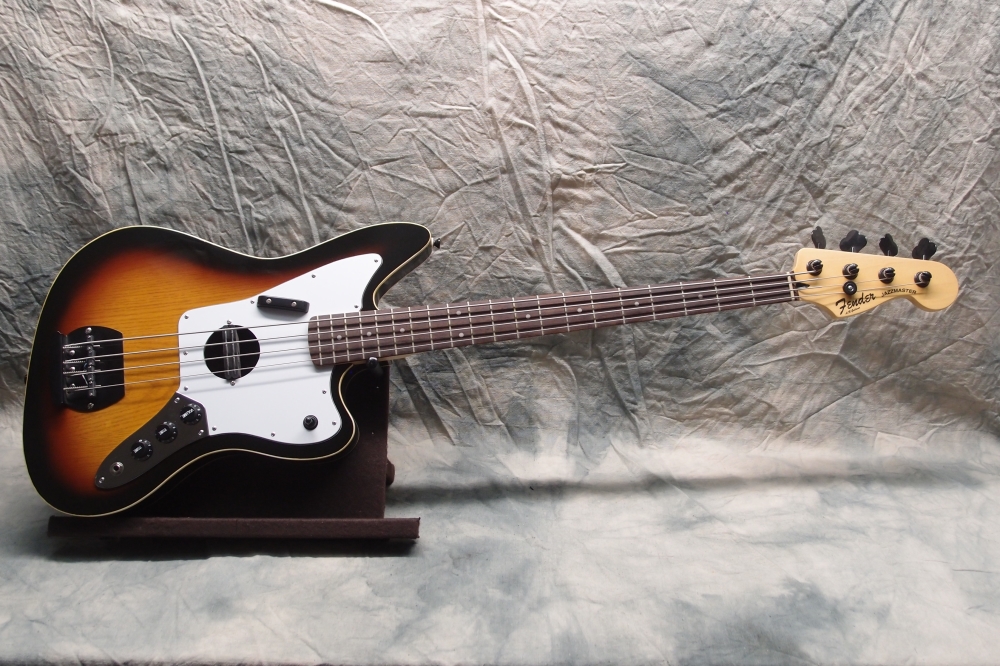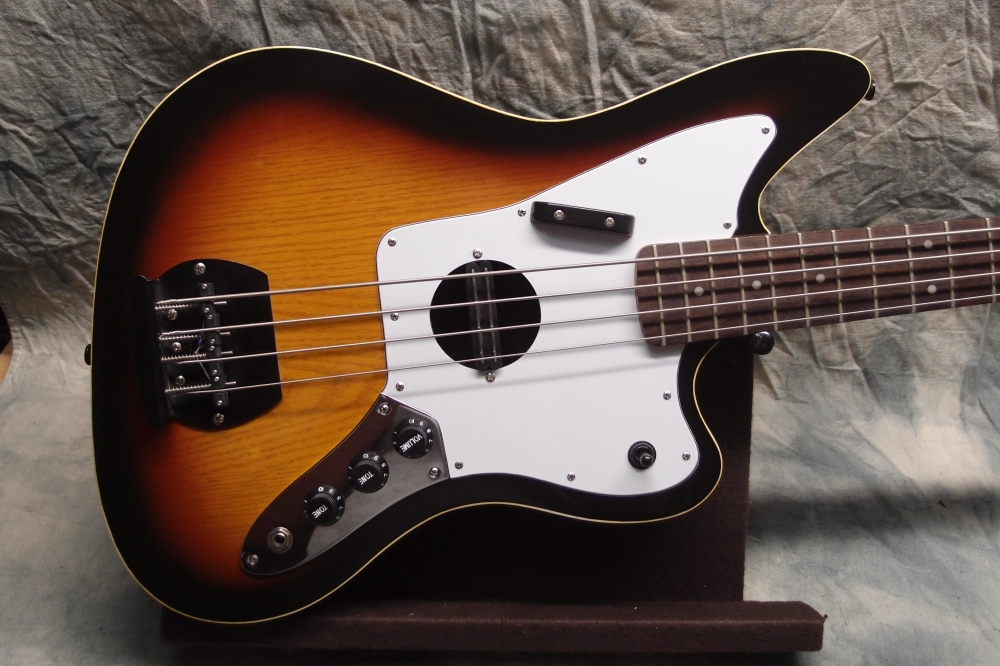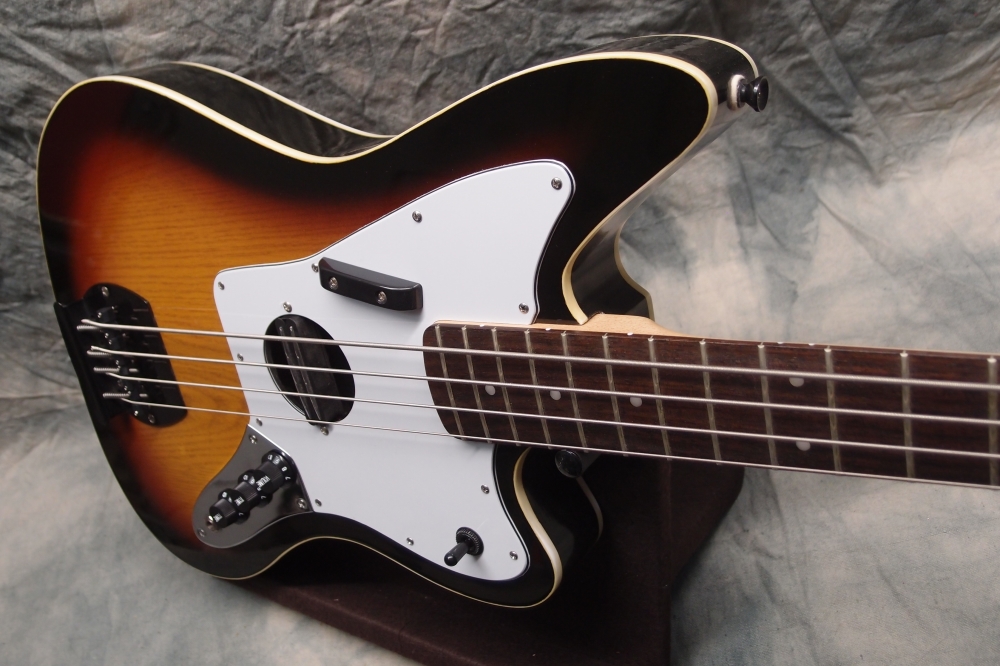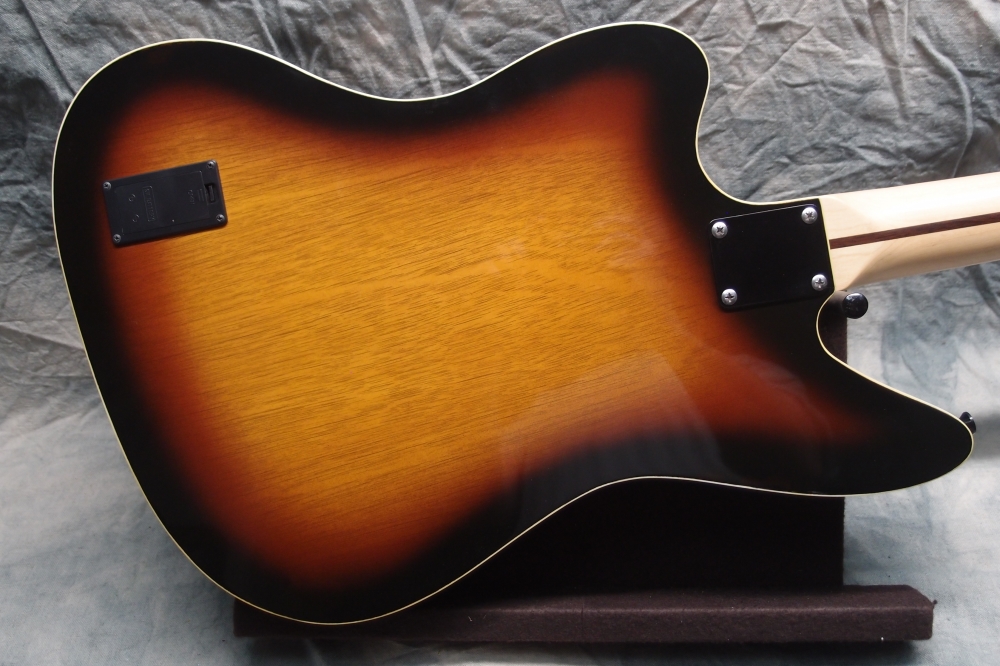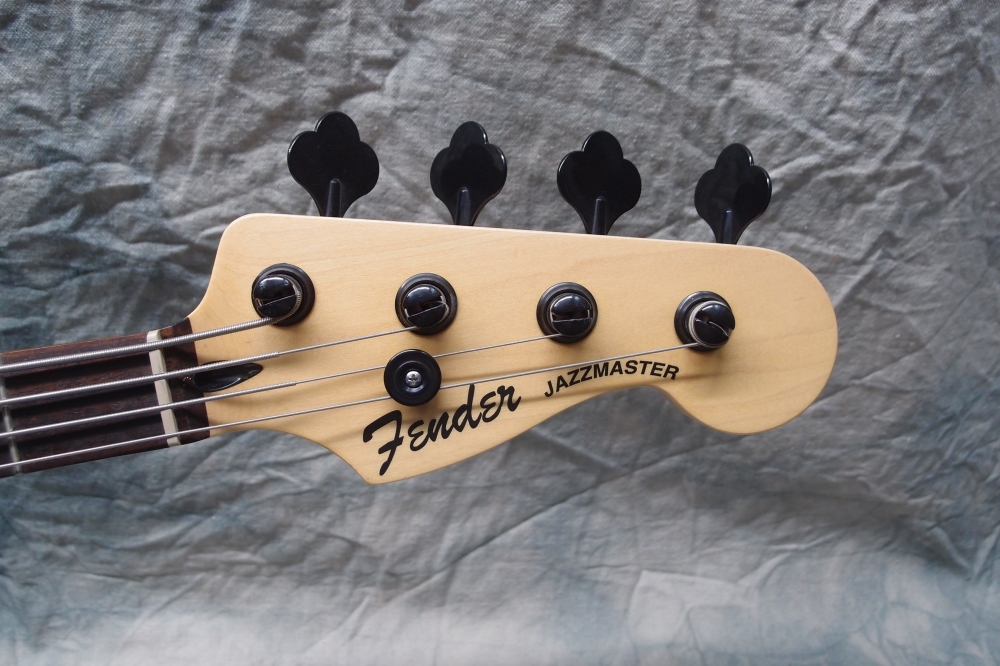September 25, 2020
Horse Ukulele Kit
September 25, 2020
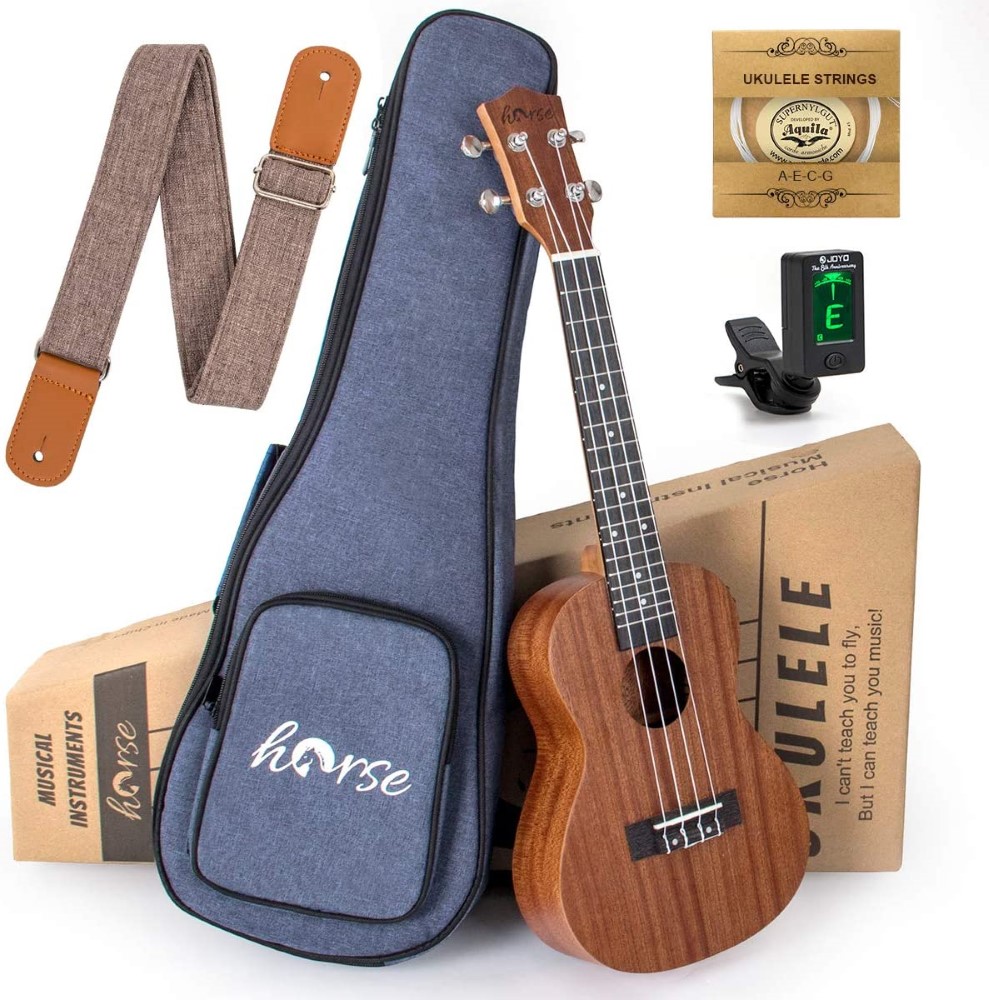
First, I am bound to state that I received this item at no cost for review. Having gotten that out of the way …
I am astonished at what is included in this beginner's kit for only $50. You get:
- the ukulele itself
- padded soft case
- strap and shoelace ( to tie it to the headstock )
- 2 sets of Aquila nylon strings, 1 installed & 1 spare
- a little guide to ukulele chords
- a piece of sandpaper
- a Joyo clip-on electronic tuner

Here are my first impressions of everything:
This instrument is very nice for the price. The fret ends are dressed better than a lot of expensive guitars, the wood is real, and the finish is flawless. The hardware is all installed tight and straight, and it is pre-strung. Looking through the soundhole, I see the body is constructed the same as an acoustic guitar - thin steam-bent plywood and neatly-glued kerfing - no shortcuts. The headstock logo appears to be burned-in. It just needs tuning and you are ready to go. I can't find anything wrong with it - the fit and finish on mine are flawless.
The case is densely padded for protection, with double zipper pulls and shoulder straps. The strap is nice fabric, and the inclusion of the shoelace shows attention to detail. The tuner works quite well once you realize that you must set it for your instrument. The settings are: chromatic, guitar, bass, violin, ukulele-C, and ukulele-D. Aquila is a big name in ukulele strings, even at this price it is not strung with fishing line.
The sandpaper is for adjusting the action - you can pull the plastic saddle and sand it down if necessary. I see no need to do that, the nylon strings are much softer than steel. On close inspection, the plastic saddle is even compensated for intonation. What is missing is any sort of manual for the ukulele itself, like what to tune it to. But we have the internet, and that was easy to find out.
I never had a ukulele before, and there are a number of oddities about it compared to a guitar:
- The instrument is tiny. The scale length is 15 inches, known as a 'concert' ukulele. The string nut is 35mm overall, and the string spread at the bridge is 42mm. This is pretty standard uke dimensions. If you have the muscular stumps of a bass-man, this is going to seem very small indeed. The weight is inconsequential.
- Standard tuning is GCAE ( notated the same way as a guitar is EADGBE ). The E is the same as the high-E on a guitar. The A is the next lower than the E, the C is the next lower from the A. The G is odd - it can be either higher or lower. The supplied strings are for the more common high-G tuning, which will seem very strange if you are used to a guitar, as the bottom string is not the bottom at all, nor is it the thickest. Alternate tunings are ADF#B, and DGBE, which matches the top four strings on a guitar.
- The dot markers are also different. There is no dot marker at the third fret. I can understand that, everyone can count to three. But the marker that is normally at the ninth fret on a guitar is at the tenth fret on a ukulele, although the marker at the 15th fret is in its normal place. I have no idea why that is, it does not correspond to any common scale. I have yet to find a good explanation.
The kit also did not include a pick. There are special felt picks made just for ukuleles, but most people just strum with their fingers or thumb. A uke sounds better that way, a regular guitar pick makes it sound like a tiny cheap guitar.
I'm glad it came with a little chord guide to get me started, as guitar chords are not going to work at all with GCAE tuning. The guide shows all the major and minor open chords, and a few major 7ths. For guitarists, there are alternate tunings, including DGBE, which lets you put your guitar chords to use.
At first, I tried to keep the standard ukulele tuning and teach myself the ukulele 'cowboy' chords, but many of them are just too crowded for my fingers. I have pretty big hands and a ukulele is a tiny instrument. I'm used to a 34" bass! Even the open chords, any one that requires more than two fingers gets very crowded. The basic chords are mostly very simple, but my fingers are just too big.
Then I tried tuning the whole thing down to DGBE, the same as a guitar, albeit with a high D instead of a low one. The nylon strings are much more forgiving when doing this than steel, and didn't get buzzy at all. Then I was able to strum out familiar guitar chords, many of which reduced to just one or two fingers - easy. The high D keeps it sounding like a ukulele, but mellower. I didn't try tuning it up from the standard tuning, as I only have the one extra set of strings, and that would probably be too shrill anyway. It works very well as a tiny guitar.
Bottom LIne:
This is supposed to be a review of a ukulele, not a review of my thick fingers. This strikes me as a surprisingly well-made instrument and a very complete kit that would be perfect for a beginner. If you want to get your kid started in music, or yourself, this would be a great way to do it. As long as you play with your fingers and not a pick, It's not a very loud instrument either, so practice sessions are not likely to bother other people. The kit with all the accessories is a terrific value.
Buy on Amazon:
https://amazon.com/Concert-Ukulele-Ukelele-Beginners-Horse/dp/B088X2QX7H





